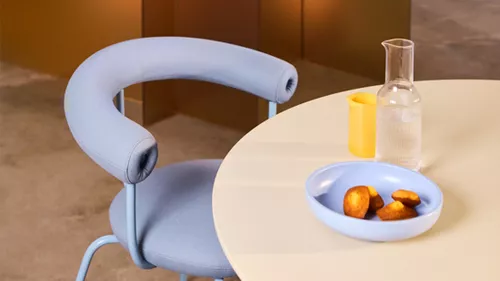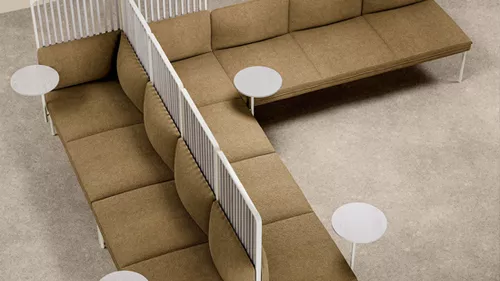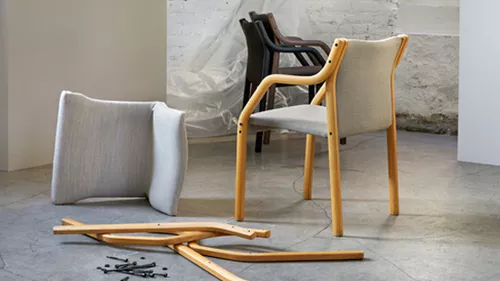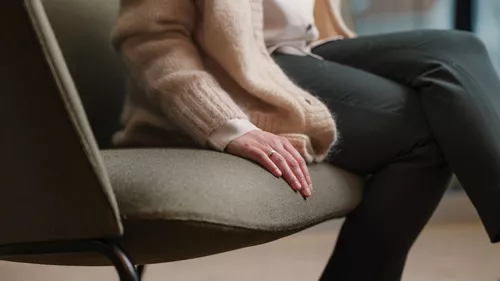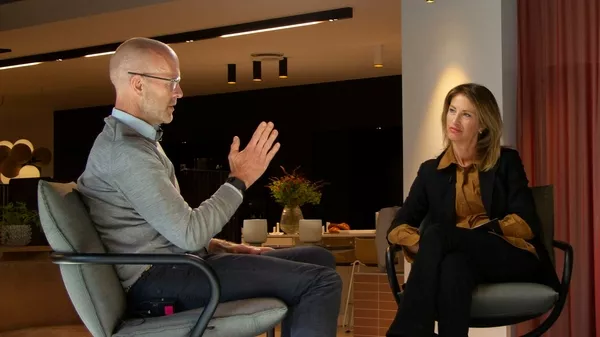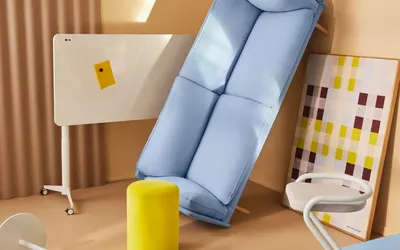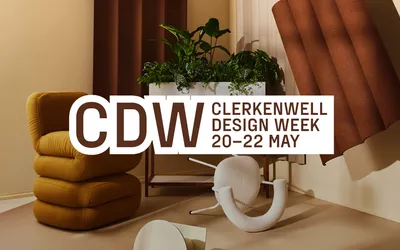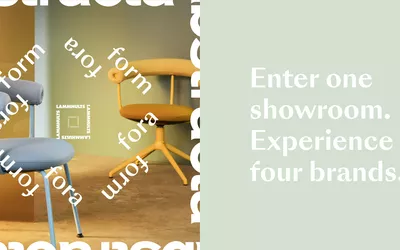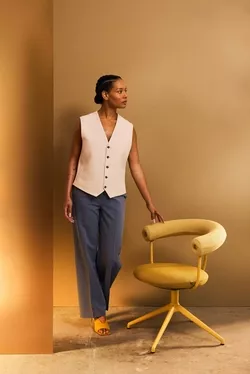To mark this year’s World Mental Health Day, Fora Form and Eva Sannum invite you to a candid conversation with Lars Erik Lund and Environmental Psychologist Aga Skorupka, focused on mental health in the workplace.
We will talk about how to build better corporate cultures – including workplaces where we can all be our true selves – and how employers can help people feel better, both at and outside work.
Norway’s Mental Health (Mental Helse) organization awarded Lars Erik Lund, their 2021 Openness Award for sharing his personal story of living and working with anxiety and depression.
Aga Skorupka, who currently works for the Norwegian architecture firm Rodeo Architects, knows how design and interiors can have a major impact on our mental health.

The price of openness
For Lars Erik Lund, opening up about his situation eventually became the only way to close the gap between the person he appeared to be, and the person he really was on the inside.
"I lived in constant fear that someone would expose me, and I couldn’t hide how I felt anymore," Lars Erik Lund said.
Telling his own story, in one of LinkedIn’s most read and shared posts ever, turned out to be his way to control the narrative about who Lars Erik Lund really is.
In this clip, Lund gives an insight into the personal cost of this kind of honesty, as well as what it has given him in terms of strength and a sense of belonging.
"If what you’re doing at work feels meaningless, and like nobody cares, it is incredibly exhausting. For most people, it can be devastating to their mental health."
- Lars Erik Lund.
Is there room for everyone at work?
The workplace is a big part of our lives, with a considerable potential impact on our mental health and well-being. “Work” – i.e. our managers and colleagues – can contribute to good mental health, or alternatively unhappiness and, at worst, mental illness. As well as the more obvious solutions, such as encouraging good conversations and a more open culture, concrete things such as architecture, design and furnishings can also help. About half of all Norwegians will experience mental illness during their lifetimes, most commonly anxiety and depression -
These are also among the illnesses that cause the most working years to be lost in Norway. And the hidden figures are huge. Four out of ten employees say they would not tell their employer if they were struggling mentally (source Mental Helse). Lars Erik Lund offers advice on creating workplaces where everyone can be themselves: "Instead of just thinking about company productivity, as employers we should focus on making sure people want to come back to the office and spend time there," he said.
"Instead of just thinking about company productivity, as employers we should focus on making sure people want to come back to the office and spend time there."
- Lars Erik Lund
Watch this clip about how factors like providing time, love, spaces and zones to accommodate different needs are key to creating good working environments for everyone:
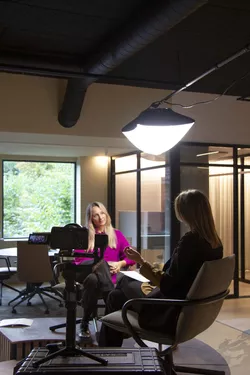
How to design for good mental health?
Rodeo Architects base their work on the idea that urban development and architecture are too complex for architects to handle alone. For this reason, they always have social scientists on the team.
Aga Skorupka has special expertise in how people interact with their physical surroundings. She believes designing for better mental health is perfectly possible, not least using natural Scandinavian materials and elements.
“We need to design for neurodiversity,” Aga Skorupka said. “Some people need fewer stimuli in their surroundings in order to focus, while others thrive in open landscapes and colourful rooms. That’s why we should design with everyone in mind. Modern design requires flexibility."
Skorupka believes there is currently too little psychology included in the training of designers and architects, and that understanding how different people thrive is essential for creating truly outstanding workplaces.
“We need to design for neurodiversity. Some people need less stimuli in their surroundings in order to focus, while others thrive in open landscapes and colourful rooms. That’s why we should design with everyone in mind. Modern design requires flexibility."
- Aga Skorupka
Less hierarchy through Norwegian design
With experience from Poland, the USA and Norway, Aga Skorupka sees clear differences between Norwegian design and trends in other countries. "Norwegian design is less hierarchical,” Aga Skorupka said. “The furniture is minimalistic and appeals to more people. In some countries, people with more power have larger furniture, for example. I’m glad we don't have that in Norway."
In this clip, Skorupka explains how office and furniture design can promote equality and diversity, and also what matters most psychosocially for people with different needs to thrive together at work.
"Norwegian design is less hierarchical. The furniture is minimalistic and appeals to more people. In some countries, people with more power have larger furniture, for example. I’m glad we don't have that in Norway."
- Aga Skorupka
See the conversation about how to design offices and furniture for equality and nordic values:
A national campaign
World Mental Health Day marks the start of a national population campaign on mental health, which is marked across the country from week 39-42 each year, starting on October 10th. World Mental Health Day has become a matter close to Fora Form's heart, and therefore an important cause to mark and contribute to.
